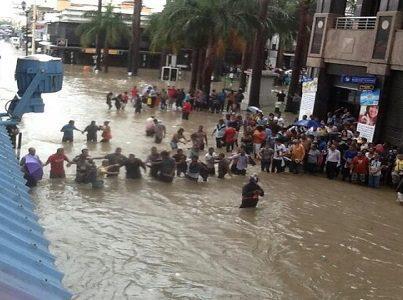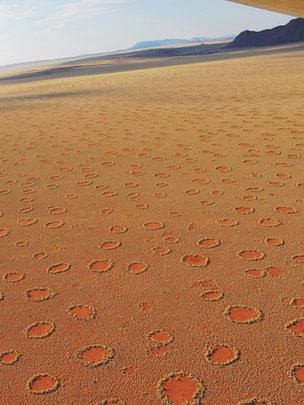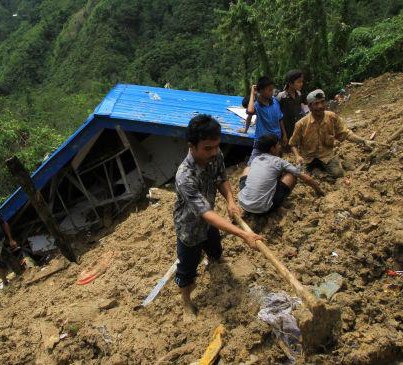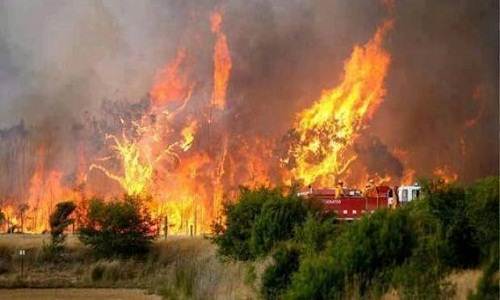Roundup of Global Volcanic Activity:
Etna (Sicily, Italy): Beautiful snow-clad Etna remains restless. While the wait is on for a new SE crater paroxysm (which is likely to occur anywhere between days or few weeks from now), a few pronounced tremor spikes show up on the tremor graph. These probably correspond to strombolian activity from one of the summit craters, likely the Voragine.
El Hierro (Canary Islands, Spain): So far, there have been more than 80 quakes >M2 and 4 quakes above >M3 today. A clear trend of westward migration is visible, possibly corresponding to magma moving horizontally into new areas. At the moment, the seismic swarm has considerably decreased in energy. Whether this is a pause or already a sign of an end is impossible to say. IF a magmatic intrusion is the cause (there is no proof for this, after all), a plausible scenario could be the build-up of energy while pathways are temporarily blocked. Then, some larger quakes should be expected along with re-appearance of tremor when magma starts moving again. The seismic crisis continues with little changes. A westward lateral migration of epicenters is visible, assumed to correspond to magma movements underground. Depths remain mostly at 15-18 km, with perhaps a slight upwards trend towards shallower areas, but this is not very significant if any. Volcanic tremor waxes and wanes but remains continuous.
Kliuchevskoi (Kamchatka): After some time with no new indications of continuing activity, KVERT lowered the alert status to green. The volcano has been showing low seismicity during the past weeks, after a phase of strombolian activity late 2012-earlier this year had ended.
Batu Tara (Sunda Islands, Indonesia): Explosions that send ash plumes large enough to be detected on satellite are increasingly frequent. Another eruption today was spotted on Meteosat with an estimated ash plume height of 8,000 ft (2.4 km).
Tangkubanparahu (West Java): The alert level was back to normal (1 out of 4) yesterday. VSI reports that the recent monitoring have shown a significant decrease in seismicity since 9 March and no significant variations in ground deformation. Various other measurements undertaken by volcanologists (gas analysis, temperature measurements) also showed trends towards normal behavior.
White Island (New Zealand): Internal unrest in the form of continuous volcanic tremor has further risen and numerous earthquakes have appeared as well during the past hours. A possibility is that some phreatic activity is taking place near the surface, but we cannot verify this at the moment. So far no eruption reports or new statements from GNS about this activity have become available.
Popocatépetl (Central Mexico): Compared to yesterday, when some explosions were large enough to eject incandescent bombs to 200 m above the crater, accompanied by eruption tremor of moderate intensity, activity has been lower today. Steaming has decreased although the numbers of small volcanic quakes remains high.
Santa María / Santiaguito (Guatemala): A phase of increased ash emissions or a relatively large seems to have taken place at Santiaguito today (INSIVUMEH will likely report about this in tomorrow's report). VAAC Washington alerts about an ash plume at 16,000 ft (about 5 km) altitude drifting east from the volcano. If the altitude is right, the eruption column reached 2.5 km in height above the dome, more than twice as much as during the larger "normal" explosions regularly observed.
Pacaya (Guatemala): Since last night, Pacaya volcano has been showing small strombolian activity, INSIVUMEH reports. The activity is from Mackenney crater and consists in weak explosions that throw incandescent bombs to up to 15 m above the crater. According to INSIVUMEH, based on past similar activity cycles, a likely evolution of the volcano's behavior might be a gradual increase of this activity and the effusion of a new lava flow.
Telica (Nicaragua): The seismic swarm continued until this morning, then waned a bit, but has now resumed with increased apparent strength (perhaps because quakes are now nearer to the surface). In contrast to Telica, the other 2 Nicaraguan volcanoes San Cristobal and Masaya continue to be quiet.
San Miguel (El Salvador): The volcano has been relatively quiet recently. Only few volcanic quakes, weak tremor and (probably) rockfall signals show up now and then.
Machin (Colombia): Seismic unrest continues, but there is no surface activity. A swarm of low-frequency volcanic quakes during the night 17-18 March, Machin volcano has been quiet again today.
Nevado del Ruiz (Colombia): A phase of increased seismic activity with volcanic quakes and rockfalls occurred today. SO2 emission from the volcano remains high.
Reventador (Ecuador): Seismic activity has been moderate.
Tungurahua (Ecuador): The volcano continued to remain relatively quiet with only small explosions and much reduced seismic activity.









































